Sodium Hydroxide Size
Sodium Hydroxide Market Growth Projections and Opportunities
The sodium hydroxide market is influenced by various market factors that impact its production, demand, and pricing dynamics. One significant factor is the industrial applications of sodium hydroxide, commonly known as caustic soda. It serves as a fundamental chemical in several industries such as pulp and paper, textiles, soaps and detergents, and petroleum refining. The demand for sodium hydroxide in these sectors directly affects its market dynamics. For instance, in the pulp and paper industry, sodium hydroxide is used in the pulping process to break down lignin and separate cellulose fibers, contributing to the overall demand for the chemical.
Another crucial factor is the availability and cost of raw materials for sodium hydroxide production. Sodium hydroxide is primarily manufactured through the electrolysis of salt (sodium chloride) solution, known as the chlor-alkali process. Therefore, the availability and cost of salt play a significant role in determining the production cost of sodium hydroxide. Factors such as salt mining regulations, environmental concerns, and transportation costs impact the overall availability and pricing of salt, consequently influencing the sodium hydroxide market.
Moreover, energy prices are critical market factors for the sodium hydroxide industry. The electrolysis process used in sodium hydroxide production is energy-intensive, requiring significant electricity input. Fluctuations in energy prices directly affect the production cost of sodium hydroxide. For example, during periods of high energy prices, producers may face higher operational costs, leading to potential price increases for sodium hydroxide products to maintain profitability.
Furthermore, regulatory policies and environmental considerations play a crucial role in shaping the sodium hydroxide market. Environmental regulations related to waste disposal, emissions control, and workplace safety impact the production processes and operations of sodium hydroxide manufacturers. Compliance with these regulations often necessitates investments in technology upgrades and process modifications, which can affect production costs and, consequently, market prices.
Market competition also significantly influences the sodium hydroxide market dynamics. The presence of numerous manufacturers and suppliers competing for market share can lead to price competition and product differentiation strategies. Additionally, factors such as technological advancements, product quality, and distribution networks contribute to competitive advantages within the sodium hydroxide market.
Furthermore, global economic conditions and trade policies impact the sodium hydroxide market on a broader scale. Economic growth or recession in key consuming regions can affect the overall demand for sodium hydroxide products. Trade policies, tariffs, and geopolitical tensions can also disrupt supply chains and trade flows, influencing market dynamics and prices.
Lastly, technological advancements and innovations play a significant role in shaping the sodium hydroxide market. Developments in manufacturing processes, such as membrane cell technology in electrolysis, can lead to improvements in efficiency, cost-effectiveness, and environmental sustainability. These advancements not only impact production costs but also drive product innovation and market competitiveness.
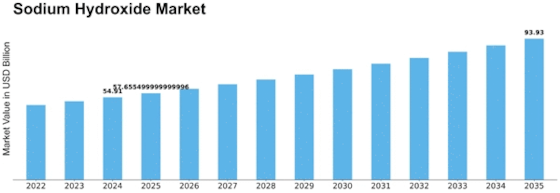

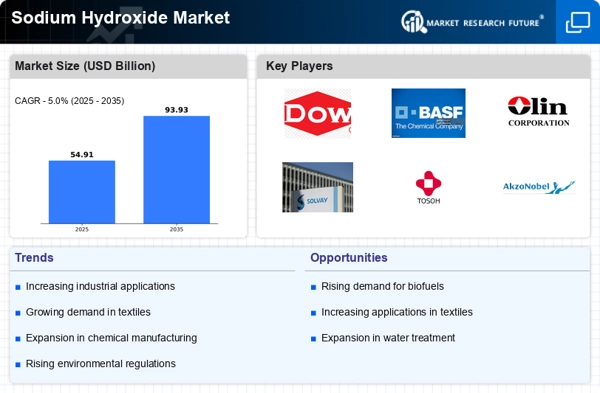
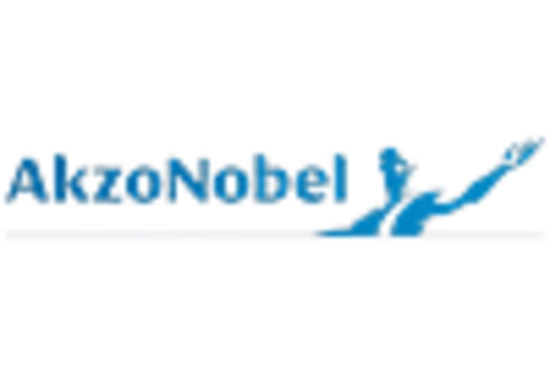

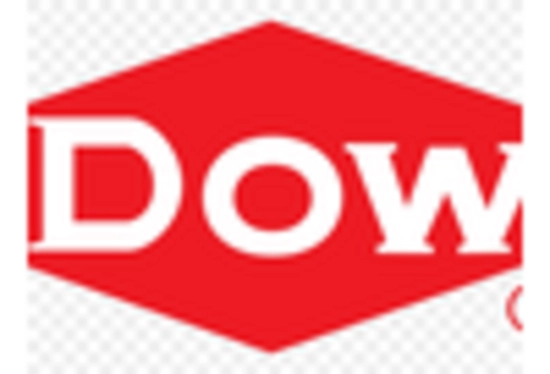
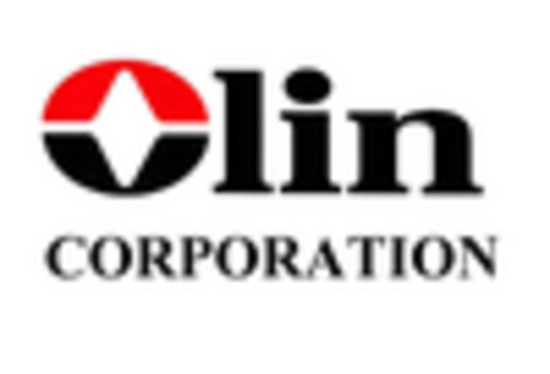

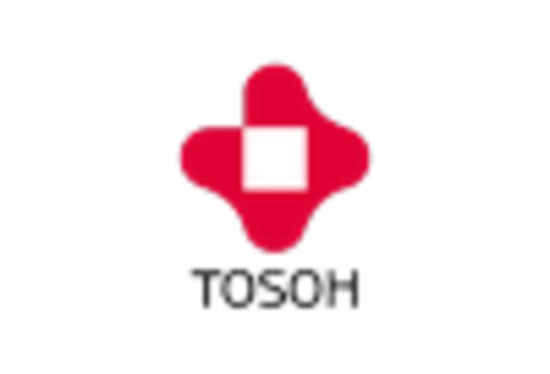









Leave a Comment